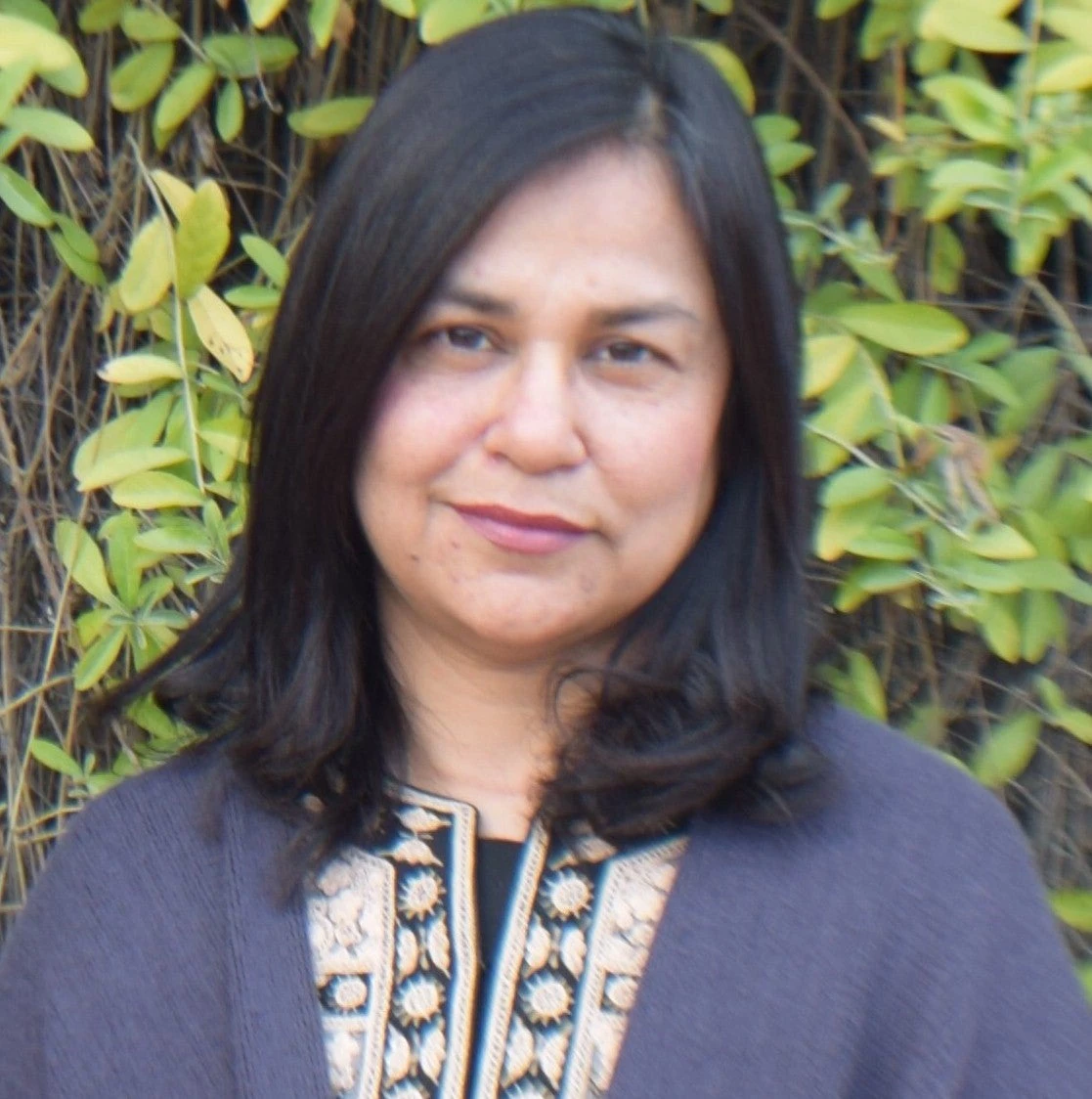 Women at a health center outside of Dhaka.
Women at a health center outside of Dhaka.
In some regions, like Sylhet and Chattogram divisions, key nutrition and health indicators are below the national average. Both divisions have the highest rate of stunting for children under five—nearly 50 and 38 percent, respectively—compared to the national average of 36 percent.
As such, Bangladesh has made it a priority to combat the scourge of stunting by focusing on improving access to quality nutrition and health services. Since 1998, the government has adopted a series of multi-year strategies, programs and budgets to develop a strong health sector with support from domestic and external financing.
In some regions, like Sylhet and Chattogram divisions, key nutrition and health indicators are below the national average.
The World Bank and other development partners are supporting the government’s Fourth Health, Population and Nutrition Sector Program (2017-22) through the Health Sector Support Project.
So far, the program has contributed to the better delivery of critical nutrition services through capacity building of frontline workers on maternal and child nutrition in 138 Upazilas (sub-districts) in Sylhet and Chattogram divisions, and by improving the registration and the services reporting system.
This includes strengthening an online portal that reports on the delivery of maternal and child nutrition services. Additionally, a process to conduct regular reviews in all Upazilas, including frequent field visits to identify and solve problems has been initiated.
The program has already yielded impressive results: the coverage of maternal nutrition services (receiving iron and folic acid tablets, weight monitoring, and nutrition counseling) increased about three-fold from 21 percent of registered mothers in January 2018 to 56 percent in July 2019.
The coverage of child nutrition services (counseling on breastfeeding and complementary feeding) jumped about 12 times from 4 percent of registered children in January 2019 to 48.5 percent in July 2019.

One of the health professionals, Nazbus Shakib, working at the Tetuai community clinic in Begamgunj Upazila, Chattogram division, noted that a focus on delivering specific maternal and child nutrition services has helped communities understand the importance of nutrition.
“We counsel mothers about the importance of only breastfeeding for the first six months of life,” she said, “as well as complementary feeding practices (or foods other than mother’s milk at six months of age) for their children.”
When visiting the Rahamatpur community clinic in Beanigonj Upazila, Sylhet division, Salma Begum, a mother, acknowledged that nutrition services had improved for her child.
“Earlier, I used to bring my sick child here, but now I see a difference,” she said. “Now, the health worker listens carefully to the problems and then gives the medicine. She advises me on breastfeeding and complementary feeding for my child for up to two years.”
While progress has been made, challenges persist as some health professionals lack expertise in quality nutrition counseling services, connectivity for online reporting is weak, and growth monitoring equipment for children is inadequate.
The journey has begun toward better nutrition and health services coverage rates, which has been possible due to focus on specific maternal and child nutrition interventions, and the capacity to measure and report on them.
When consistent, these efforts will pay off and will improve the health and nutrition status of women and children in Bangladesh.


Join the Conversation